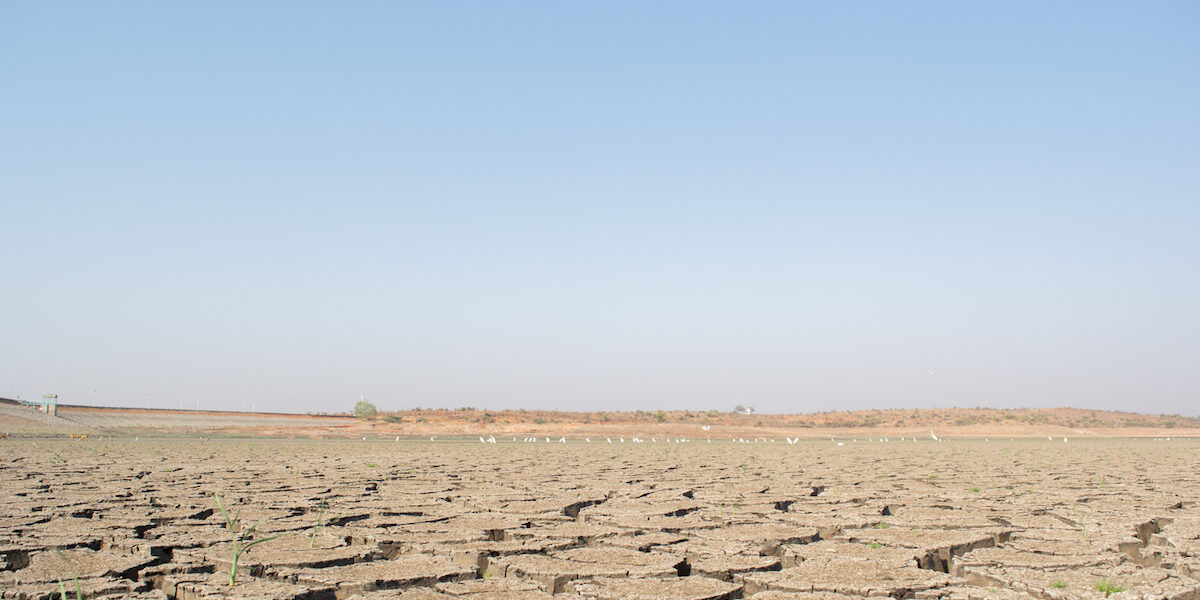The Karnataka State Natural Disaster Monitoring Centre (KSNDMC) launched the road map on 13 October, with technical support from UNICEF.
Published Oct 17, 2025 | 8:00 AM ⚊ Updated Oct 17, 2025 | 8:00 AM

Drought-Representational image (iStock)
Synopsis: In the short term priorities, the plan is to develop parametric insurance— a set amount based on the magnitude of a specific event —for weather and climate related disasters. In the medium term priorities, it will be the development of disaster insurance mechanisms for house-owners in disaster prone areas and in long term priorities, it is to develop insurance products to cover major infrastructure projects.
Under the Karnataka State Disaster Risk Reduction Road Map 2025-2030, the state has decided to prioritize providing risk coverage for all, particularly the poorest.
In the short term priorities, the plan is to develop parametric insurance— a set amount based on the magnitude of a specific event —for weather and climate related disasters. In the medium term priorities, it will be the development of disaster insurance mechanisms for house-owners in disaster prone areas and in long term priorities, it is to develop insurance products to cover major infrastructure projects.
The Karnataka State Natural Disaster Monitoring Centre (KSNDMC) launched the road map on 13 October, with technical support from UNICEF.
The report states that Karnataka experiences disasters of various scales putting 61.10 million people at risk.
It reads: “Karnataka’s geographic and topographical contexts make its extremely vulnerable to droughts, cyclones/hailstorms, floods, fire, lightning and heat wave. Human induced disaster is increasing in Industries, at construction sites, road accidents etc. Severe water and air pollution are also one of the concerned sectors emerging due to climate change which is directly affecting the community especially children.”
According to the report, the state has suffered an estimated loss of ₹86,327 crores (includes agriculture and horticulture crop loss, animal husbandry, water and sanitation, drinking water, roads and bridges, government buildings etc.) due to disasters between the period 2015 and 2021.
The rationale of the DRR (Disaster Risk Reduction) Road Map of Karnataka is as follows:
The Sendai Framework recognizes the role of sub national governments for disaster risk reduction in guiding and supporting local actions.
The Karnataka DRR Roadmap is a state level initiative as the state has different risk profile and varies in its approaches to disaster and climate-driven risk reduction. These approaches vary across policies, strategies, institutional frameworks, guidelines, investments, preparedness levels, collaborative mechanisms, and partnership models.
The DRR Road Map is the document to facilitate departments to integrate Disaster Risk Reduction, through departmental disaster management plans and district disaster management plans, that is, preparedness, mitigation and resilience.
The aim of the DRR Road Map of Karnataka is to minimize the damage and loss of the various sectors, that occur due to natural and human induced disasters by 2030.
(Edited by Sumavarsha)
